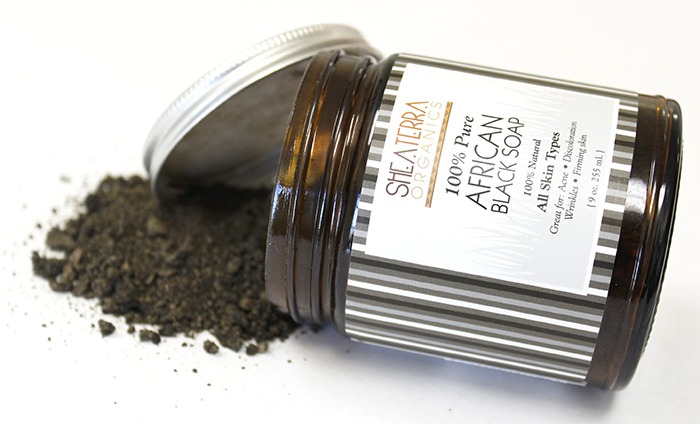
Food and beverage products aren’t the only markets under the microscope these days. Beauty product labeling is facing increased scrutiny from savvy consumers who are not only concerned about what goes into their bodies, but also what goes ON their bodies. Nielson, a leading consumer research group, surveyed 1,000 adults of varying ages to see how beauty product labeling claims ranked in importance to them. The results were pretty interesting. Below, you’ll find out exactly what Nielson discovered and how it will impact product owners that are looking to attract more consumers with custom product labels. Here are some quick stats about the study’s participants:
- 37% were Millennials (age 19-34)
- 29% were from Generation X
- 24% were Baby Boomers
- 5% were from the Greatest Generation (age 69+)
- 5% were from Generation Z (age 18 and younger)
Not All Beauty Claims Are Created Equal
All consumers have different needs and wants, but there are common triggers that relate well with the majority of buyers. In Nielson’s internet study, it turned out that “not tested on animals” followed by SPF-related claims were the most important. This makes sense when you consider the growing market for organic foods, and the strong scientific research behind sun exposure and its effects on skin appearance and health. Below is a compiled list of other labeling claims consumers of beauty products found important.
| Claim | % Who Say “Very” or “Moderately” Important |
| Not tested on animals | 57% |
| Contains SPF | 56% |
| All Natural | 53% |
| Contains no animal products | 52% |
| Anti-aging/Anti-wrinkle | 44% |
| Skin firming/lifting and firming | 44% |
| Sensitive skin/Hypoallergenic/gentle | 43% |
| Evens skin tone | 43% |
| Eliminates dark spots | 43% |
| Anti-acne | 42% |
| Non-comedogenic (doesn’t clog pores) | 41% |
| Perfume free | 40% |
| Sulfate free | 40% |
| Contains cocoa/shea butter/aloe | 38% |
| No parabens | 37% |
| PABA-Free | 37% |
| Organic | 37% |
| Skin brightening/luminosity | 36% |
| Contains retinol | 34% |
| Contains caffeine | 25% |
Interestingly, Nielson found that the claims consumers consider important aren’t always those they’re willing to pay more for. The top five that were the most important above are the same top five claims consumers were willing to pay more for, but oddly in different order.
| Claim | % Willing to Pay More |
| All Natural | 46% |
| Contains SPF | 44% |
| Anti-aging/Anti-wrinkle | 44% |
| Skin firming/lifting and firming | 44% |
| Not tested on animals | 43% |
| Sensitive skin/Hypoallergenic/gentle | 43% |
| Evens skin tone | 43% |
| Contains no animal products | 42% |
| Eliminates dark spots | 42% |
| Non-comedogenic (doesn’t clog pores) | 41% |
| Anti-acne | 37% |
| Organic | 37% |
| Skin brightening/luminosity | 36% |
| Contains cocoa/shea butter/aloe | 34% |
| Contains retinol | 31% |
| Perfume free | 29% |
| Sulfate free | 29% |
| No parabens | 29% |
| PABA-free | 29% |
| Contains caffeine | 21% |
As you can see, there’s a variety of product claims consumers consider important, but that doesn’t always translate to a willingness to pay more for those products. One way to find out what your customers are looking for in a beauty product is to do your own research, such as an in-store questionnaire, online survey, or customer interview. Finding out exactly who your customers are can provide valuable insight into things you’re doing right and areas where you can improve. With that information, you can better communicate the product’s benefits and even improve the label’s design/artwork so it is more likely to attract your target customers.

Make Them Easy to Understand
It may be tempting to add flowery language or technical terms to your beauty product labels, but you don’t have to sound hoity-toity or “get all scientific” to attract customers. It turns out that consumers prefer language that is familiar and clear. In Nielsen’s larger Beauty of Creativity study, consumers prefer widely-used terms like “retinol” and “collagen” over scientific jargon such as “Hexinol technology.” Nielson also found that consumers responded positively to number combinations within product names, such as “3-in-1” moisturizer.
By promoting certain benefits in easy-to-understand phrases like “improves the look of _____”, you can help consumers better understand what your product is meant to do. And, if you can include how quickly they can expect results (like “instant skin tightening” or “reduces ____ in 7 days”), that’s even better because consumers prefer more specific information.
Some Final Thoughts
The beauty market, like food and beverage, is experiencing a burst of product niches to keep up with consumers’ evolving preferences. With more products for consumers to choose from, concise and persuasive labeling is becoming even more important when creating a sellable product. Careful research into what consumers are looking for and what your competition is doing can help you figure out how to make your beauty product labeling stand out. Poke around on social media and popular beauty blogs to see what’s being said about the type of product you’re selling, and then use that valuable information as an initial guide to help you through your label development process.


